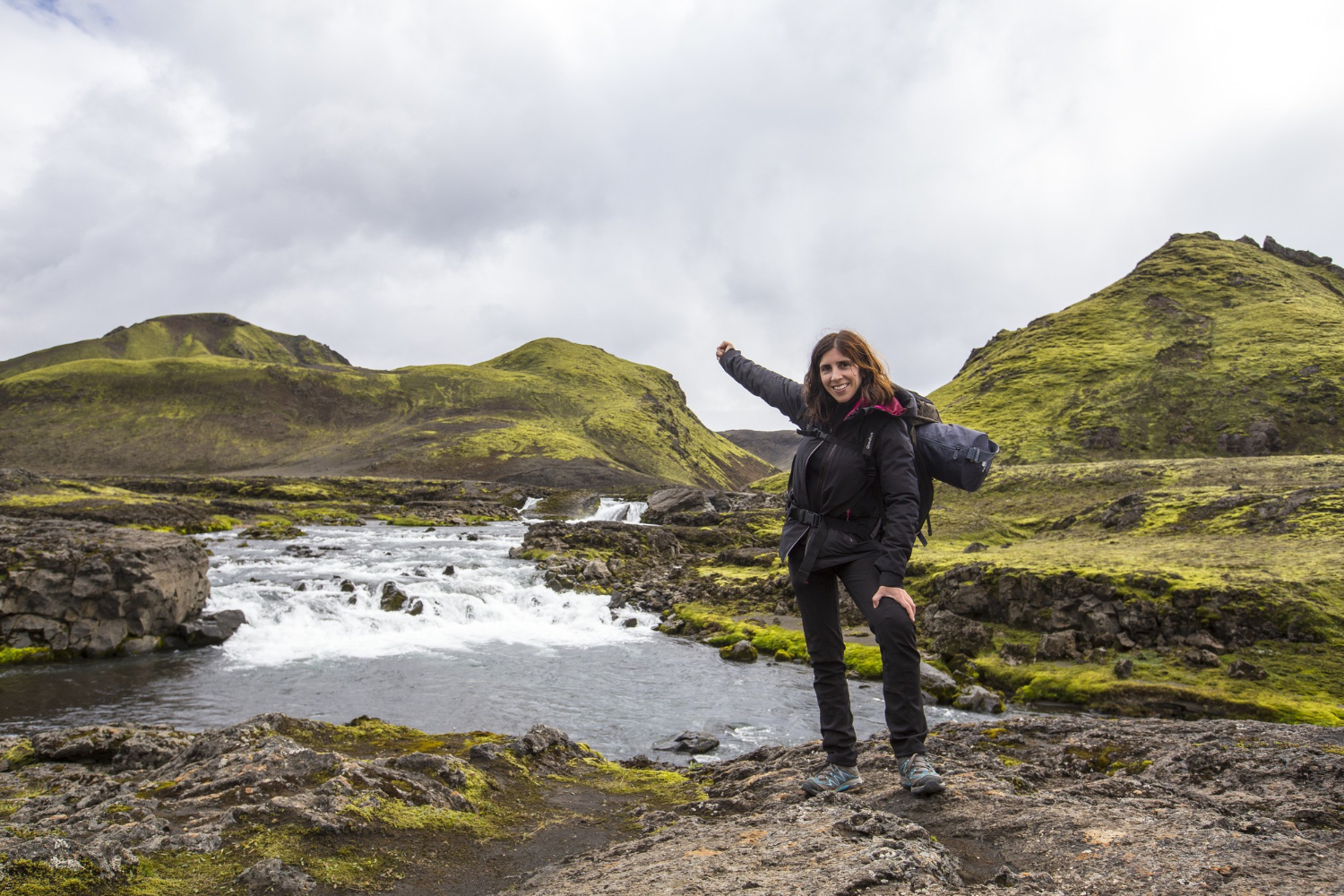Discover the Best Time to Visit Iceland – A Comprehensive Guide
 The best time to visit Iceland is about your interests, tolerance of different weather conditions, and crowd density. To help you decide, here is a month-by-month breakdown: Summer brings long days and warm weather, ideal for sightseeing and outdoor activities. It’s also peak season for popular attractions like the famous Blue Lagoon.
The best time to visit Iceland is about your interests, tolerance of different weather conditions, and crowd density. To help you decide, here is a month-by-month breakdown: Summer brings long days and warm weather, ideal for sightseeing and outdoor activities. It’s also peak season for popular attractions like the famous Blue Lagoon.
Spring
Iceland has long been a bucket list destination for thousands of travelers. With its unique landscapes and fascinating culture, it’s no surprise that this remote island nation is one of Lonely Planet’s Top Places to Visit. But when is the best time of year to visit Iceland? Spring is a beautiful time to travel in Iceland as nature returns to life after the winter. From April to September, whale-watching tours occur as these majestic creatures migrate to the cold waters near Iceland. Puffins, the irresistible local birds, also return to their shores at this time of year. Camping is a fun experience in Iceland, and you can find great deals during the off-season of spring. Popular hiking trails in the Highlands open around May, and the drier weather means less risk of slipping on mud or snow.
If you’re interested in making a road trip around Iceland, the shoulder season of May is ideal as driving conditions are calmer, and there are still plenty of daylight hours. However, it’s important to note that the weather can change quickly in Iceland, even during the warmer months. Therefore, you should be prepared for anything. This is especially true regarding the unpredictable Northern Lights, which can appear any month of the year. This is why we recommend visiting Iceland on tour with expert guides to ensure you get the most out of your trip.
Summer
The summer high season begins in June when long sunny days and endless possibilities make Iceland one of Europe’s most popular destinations. Expect more visitors, higher prices, and crowded attractions unless you plan and book accommodations well in advance.
The northern lights are a spectacular natural phenomenon that can be seen year-round, but their chances of showing up are slimmer in the summer months. If you want to increase your odds of seeing the aurora, book a tour during the shoulder season of May through September when you’ll enjoy mild temperatures and longer daylight hours.
Besides the great value of booking tours during these months, you’ll also see the island in all its beauty without the crowds. Spring brings warmer weather and colorful wildflowers, while icebergs begin to melt in Jökulsárlon Glacier Lagoon, creating giant floating ice sculptures that are a fantastic sight to behold. From late April to August, puffins breed and nest in the spectacular Vestmannaeyjar and Latrabjarg cliffs making this the best time of year for bird watching. Meanwhile, horseback riding trips become a real treat with the warm weather and stables allowing multi-day treks nationwide.
Fall
Summer is the peak travel season in Iceland, with a high concentration of tourists at all of the country’s most popular destinations. However, there are ways to avoid crowds by visiting lesser-known attractions or traveling outside of the peak season during the shoulder months of May – June or September – October.
Spring brings color to the landscape as flora blooms in all its glory. This is also a great time to see the irresistible puffins as they return to their nesting grounds on the island’s shorelines. Whale watching is another highlight during this period, as you might be able to spot humpback, minke, fin, or sperm whales.
In the autumn, Iceland comes alive with many cultural events, including the Reykjavik International Film Festival and one of the country’s biggest music festivals, Iceland Airwaves. Autumn is also a great time to explore the highland mountain roads as they open for 4X4 access before winter arrives. The days are shorter in winter, but you can take advantage of this by spending more time at the Blue Lagoon or on a glacier river cruise. The Northern Lights are a highlight of any trip to Iceland and can also be seen now.
Winter
In recent years, the winter has become a popular time to visit Iceland. It can be a magical experience, with the Northern Lights and ice caves at their most alluring. It is also when many of the country’s top activities are at their best, including snowshoeing, hiking, and hot springs. However, this is also when the weather can be the most unpredictable and difficult.
The sun barely sets in the summer, and crowds descend en masse for the endless daylight and festivals. It’s possible to avoid the peak season crowds if you go outside Reykjavik and take a tailor-made trip or join a small group tour; planning visits to famous sights early in the day or late in the evening is easy.
The spring off-season begins in April when the irresistible puffins return to their nests, and Easter brings a fun foodie celebration. The weather is still mild, and the days are long enough to see the Northern Lights if you visit during the first two weeks of the month. The rest of the month is excellent for whale watching when humpbacks and minke whales are abundant on the shores and waters.
